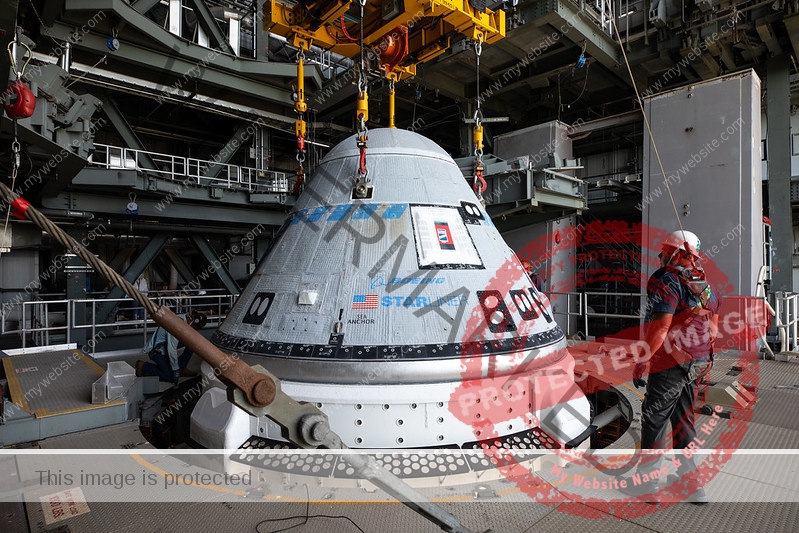Back in March, TechCrunch broke the news that LinkedIn was quietly testing the waters for games on its platform — word and logic puzzles similar to Wordle. Now, in an effort to attract more users and increase engagement, the platform is launching three of those games officially.
Queens, Crossclimb and Pinpoint — respectively testing your abilities in logic, trivia and word association — will be available globally starting today, both via a direct link to the games and by way of LinkedIn News, the division that developed them.
Similar to Wordle, each of these games can be played just once a day. For now, you can invite your first-degree connections to play a game together, and your status — whether or not you’ve played a game, and how well you fared — can be shared with those connections if you opt in.
Those social levers, as well as the number of games, are still up for discussion, so things might change over time. For now, LinkedIn plans to continue developing the games itself, independent of its owner, Microsoft, and its substantial gaming operation.
LinkedIn says that it sees the games as a more casual way to knit existing LinkedIn connections closer together.
“It is hard for people to stay in touch with each other, and games provide a way to build these network ties,” said Dan Roth, the VP and editor in chief of LinkedIn News, in an interview.
There is more to it than that, though. The fact that these were conceived of and built by the LinkedIn News team is significant. LinkedIn’s games borrow heavily from the portfolios that newspapers like The New York Times have built with their own word and logic games over the years, starting with crosswords and more recently expanding into a wider range of puzzles. Most of these were built in-house, but some were acquired (NYT acquired the viral hit Wordle in 2022).
And, games have proven to be somewhat of a secret weapon for driving engagement, especially at a time when news publishers are scrambling to figure out what the future of their businesses look like, and TikTok and Instagram appear to be cornering the market for younger users.
Puzzles published by news titles and magazines attract millions of users, who in turn become part of those titles’ wider audiences, and potentially can turn into readers of the rest of their content.
Similarly, LinkedIn, with more than 1 billion users, has been developing its news and content operation to expand engagement on its platform. Like newspapers, it also has a substantial advertising business as well as paywalls for those who want to use it a bit more. Games sweeten the deal for extending that engagement to beef up its advertising audience, and to potentially give more value to users.
A little about the three games:
Queens is a riff on Sudoku, and you have to figure out how to arrange crowns in patterns that do not overlap with each other within a time limit. As you can see from the screenshot, you can share scores with individuals, but your company affiliation appears on a leaderboard.
I asked if this could become problematic or distracting, given the restrictions some organizations put on using social media at work. Laura Lorenzetti, executive editor for LinkedIn in North America, said the one-game-per-day limitation, and the fact that the games are short, should help with those issues.
“They are contained and they’re intended to be contained, because we don’t want people wasting their time,” she said. “That is not what we’re here for!”
Crossclimb is described as a trivia game. The player is given clues for words, which in turn have to fit on a grid where the words change by one letter with each subsequent clue to eventually form a different word.
I found this one to be harder than it looks if you don’t guess the first word for a start. (Another player countered that it was her favorite.) As with Queens, you see a company leaderboard here, too.
Lastly we have Pinpoint, which seemed so similar to Connections — the New York Times game — that I kept slipping up and calling it “Connections” during my interview. The game involves finding a connection between words that you’re given, although the words are not immediately revealed, and you are asked to try to find the connection in as few reveals as possible. I found this also quite difficult in my early attempts.
As we’ve noted previously, LinkedIn is far from being the first social network to bake gaming into the platform to increase how much time its users spend using it. But even the biggest and most expensive efforts have seen mixed results. Facebook, the world’s biggest social network, has been a major driver of social gaming over the years, but in 2022, it shut down its standalone gaming app amid a decline in usage. It’s putting significantly more focus these days on mixed reality experiences and its Meta Quest business.
LinkedIn — designed for professional networking and specifically for job hunting and recruitment — has long been trying to find ways to get people to engage on its platform in more natural and less transactional ways. Games are transactional by nature, but the transactions are based on gameplay: If LinkedIn can get users hooked on these, the hope is that they may stay for more.
















